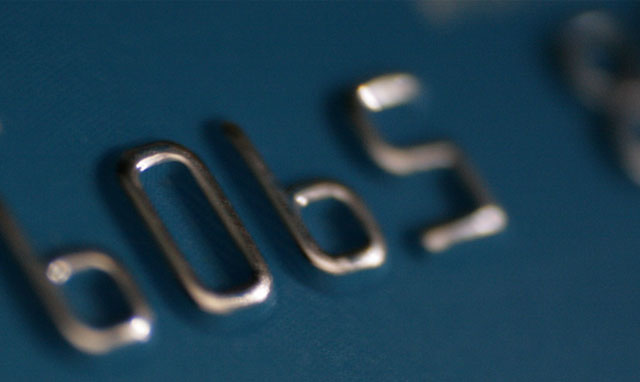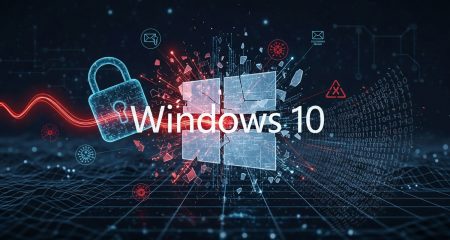
A major security breach involving the theft of South African bank account holders’ details by one or more criminal syndicates may go down as one of the worst such incidents in the country’s history. Criminals infected point-of-sale (POS) terminals in South African fast-food outlets and restaurants with a variant of malware called Dexter.
But what is Dexter and how does it work?
TechCentral reported on Tuesday that a variant of the Dexter malware had been inserted into POS terminals — the bank-card readers used in retail outlets and elsewhere — which criminals then used to steal customers’ account numbers. Syndicates typically use these numbers to manufacture cloned cards, which they then use in physical retail stores to buy goods and services.
South African banks first became aware of the problem earlier this year. Local police, Interpol and Europol are now all involved in a multinational investigation to bring the syndicate or syndicates responsible for the data breach to book.
Payments Association of South Africa (Pasa) CEO Walter Volker told TechCentral on Tuesday that the data breach, which affects most local card-issuing banks, is significant — running into tens of millions of rand.
According to information security company Symantec, the card holders’ numbers were stolen using a Trojan that belongs to the Infostealer.Dexter family of malware.
Wikipedia describes a Trojan as a “hacking program that is a non-self-replicating type of malware that gains privileged access to the operating system [of a device] while appearing to perform a desirable function”. In reality it contains a “malicious payload” that often also has a “backdoor” that allows unauthorised access to the target device.
Symantec explains that the Infostealer.Dexter Trojan reads the content of an infected POS terminal’s memory, “looking for data from track one and two of the magnetic stripe on the back of bank cards”.
“The malware then uploads the data to the attackers’ remote servers,” it explains. “While customers’ card verification value (CVV) numbers or Pins were unaffected by the breach, cyber criminals could use the rest of the stolen data to clone bank cards or may sell the information on underground forums.”
Pasa’s Volker told TechCentral on Tuesday that authorities had already picked up incidents of South African card numbers, compromised by the Dexter variant-infected POS terminals, being used to make in-store purchases in the US. This had led to arrests.
Denis Makrushin, technology positioning manager at Moscow-based security specialist Kaspersky Lab, says that this type of activity, involving POS terminals, is “relatively rare” worldwide. However, cyber criminals are “always on the lookout for new opportunities”.
“Skimming card details is not a million miles away from [what’s happened], though conceptually the difference here is access to a bulk of information in one fell swoop,” Makrushin says. “It may be harder to do, but the motivation lies in the fact that the rewards are significantly bigger.”
A similar incident occurred in October 2012, when criminals gained access to POS devices in retailer Barnes and Noble in the US to steal credit card information, Makrushin adds. The largest numbers of this type of malware infection are in the US.
He says an “endpoint-security solution” must be installed on each POS terminal to prevent the potential theft of customer information.
“The malware uses standard techniques such as ‘process-injecting’ and sending data to a remote server, so the security solution should have antivirus and firewall features … and any payment information — the card holder’s name, card number, CVV number — should be encrypted in processing on the terminal.”
Andrew Kirkland, regional director at Trustwave, explains that the Dexter malware targets Windows-based POS terminals and steals track data from magnetic stripes and sends this to central command-and-control servers.
“This latest breach demonstrates why all businesses, including franchises, cannot overlook security,” Kirkland says. He cites Trustwave research that shows the primary targets of cyber criminals in 2012 were retail (45%), food and beverage (24%) and hospitality (9%).
“There are several contributing factors to this continuing trend, such as the fact that the sheer volume of payment cards used in these industries makes them obvious targets, as well as the fact that the main focus of organisations operating in these spaces is customer service, not data security,” he says. — (c) 2013 NewsCentral Media



